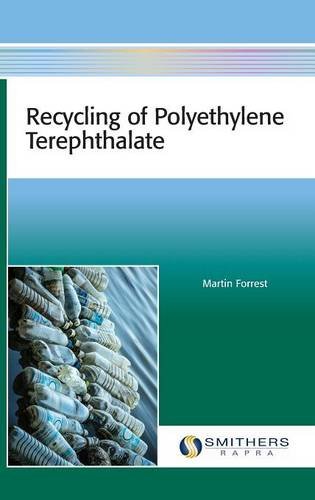

Most ebook files are in PDF format, so you can easily read them using various software such as Foxit Reader or directly on the Google Chrome browser.
Some ebook files are released by publishers in other formats such as .awz, .mobi, .epub, .fb2, etc. You may need to install specific software to read these formats on mobile/PC, such as Calibre.
Please read the tutorial at this link: https://ebookbell.com/faq
We offer FREE conversion to the popular formats you request; however, this may take some time. Therefore, right after payment, please email us, and we will try to provide the service as quickly as possible.
For some exceptional file formats or broken links (if any), please refrain from opening any disputes. Instead, email us first, and we will try to assist within a maximum of 6 hours.
EbookBell Team

4.3
38 reviewsmm+++ Forrest Martin. Recycling of polyethylene terephthalate 2016 [pdf 348sc 330c. 9.03mb]
The environmental and economic need to increase recycling rates is the principal driving force behind technological innovation in the 21st century. Post-consumer polyethylene terephthalate (PET) products are an important resource that the global community is focussing on to achieve vital improvements in sustainability and meet important lifecycle goals.
This comprehensive review, with extensive up-to-date referencing, covers all aspects of PET recycling, from its world market to the many technologies and processes that have been developed to separate, decontaminant, recycle and manufacture the material into food-grade and non-food-grade products.
One objective of this book is to describe the range of sorting and separation techniques that can be used to isolate post-consumer PET from other plastics and contaminants in the recycling stream. Another objective is to review the recycling techniques that enable it to be reprocessed into high-quality products. The wide range of food contact products as well as other materials and articles that can be manufactured from recycled PET are also described.
The regulations, testing methods and analytical procedures essential to ensuring that PET recycling can take its place in our quality-conscious world are covered. Use of post-consumer PET to generate energy, and monomer-type intermediates capable of being manufactured into new materials (e.g., thermosets) are also covered.
This book is essential reading for anyone in industry or academia requiring up-to-date information on technical developments in the recycling of PET, the market and regulatory framework within which the industry operates, and knowledge of the many options that exist for the re-use of this valuable commodity.